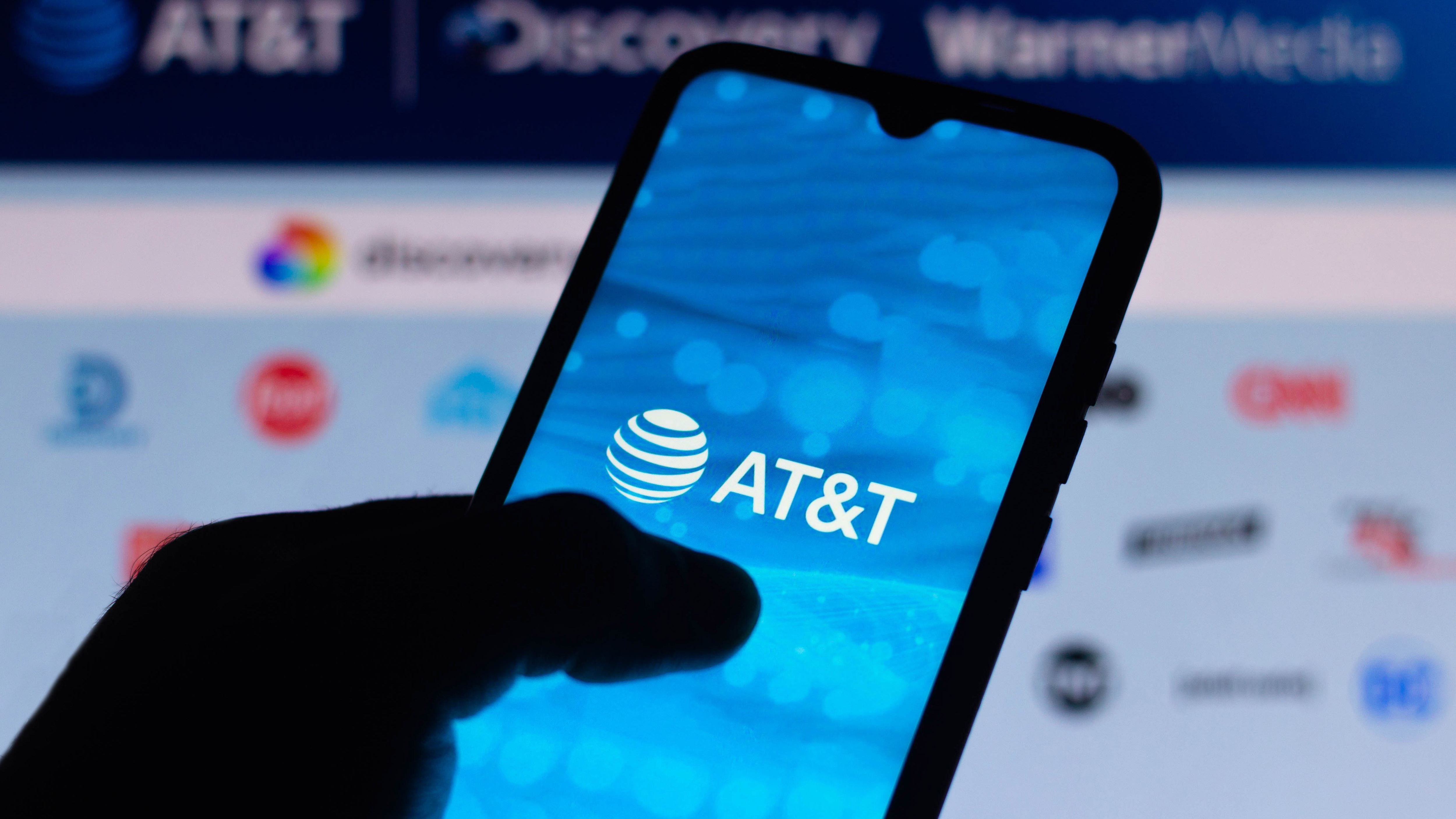Tesla’s multi-year sales decline continues, with a 14% year-over-year drop in vehicle deliveries. The electric vehicle maker delivered 384,122 vehicles in Q2 2025, down from 443,956 last year.
That number is on target with Wall Street analyst expectations given slowing sales in Europe, pressure from Chinese EV companies, and brand damage from CEO Elon Musk’s polarizing politics, Business Insider reports.
Tesla’s aging lineup isn’t helping, either. The company lacks a truly affordable electric vehicle, and in April delayed plans for a more budget-friendly version of the Model Y. The Cybertruck was its last big launch, but it starts at over $60,000 and lacks broad appeal. The company is also investing heavily in autonomy and debuted 10 self-driving Model Y robotaxis in Austin last month. However, that could take years (decades?) to generate revenue.
Negative numbers are becoming a consistent theme in Tesla’s financial reports. The company was down 1% for the full year 2024. Its first quarter results showed a 13% decline from Q1 2024 and over 20% from Q1 2023. Musk will need to come up with some answers by July 23, when Tesla posts its Q2 financial results and faces questions from analysts.
To help boost Tesla sales amid worldwide anti-DOGE protests, President Trump in March held a press conference on the White House lawn, during which he announced plans to buy a Tesla for himself and a Cybertruck for his granddaughter. It didn’t work, and shortly after Musk left DOGE to get reacquainted with Tesla and SpaceX, Trump and Musk had a public falling out. Yesterday, the president threatened to cut off Musk’s federal funds and said he would “take a look” at possibly deporting him to South Africa.

Get Our Best Stories!
Your Daily Dose of Our Top Tech News

By clicking Sign Me Up, you confirm you are 16+ and agree to our Terms of Use and Privacy Policy.
Thanks for signing up!
Your subscription has been confirmed. Keep an eye on your inbox!
This Tweet is currently unavailable. It might be loading or has been removed.
“Elon may get more subsidy than any human being in history, by far, and without subsidies, Elon would probably have to close up shop and head back home to South Africa,” Trump wrote in a Truth Social post on Monday night. “No more Rocket launches, Satellites, or Electric Car Production, and our Country would save a FORTUNE.”
Musk spent nearly $300 million to elect Trump, but has repeatedly slammed Trump’s Big Beautiful Bill on social media, and now posts frequently about the importance of clean energy. He retweeted a post about solar and wind funding on June 28, saying the bill “gives handouts to industries of the past while severely damaging industries of the future.” Today, he said combustion cars will eventually be thought of like the steam engine, “quaint—but primitive.”
Recommended by Our Editors
This Tweet is currently unavailable. It might be loading or has been removed.
Consumer interest in EVs has dropped to its lowest level since 2019, according to a June study from AAA. Only 16% of US adults say they’re “very likely” or “likely” to purchase an EV as their next car, down from 25% in 2022, for all the familiar reasons: High cost, range anxiety, and concerns about battery repairs. Politics also play a small role, primarily anxiety over the $7,500 federal tax credit ending. The current version of the Big Beautiful Bill, now under consideration in the House, would end the tax credit in September 2025.
But it’s still possible to have success in the EV business in the US: General Motors’ electric car sales are up 111% year-over-year. However, other automakers reported declines, including Ford, Kia, and Hyundai, The Wall Street Journal reports. Ford’s case is unique, and related to factory changeovers for the 2025 version of two of its three models, according to Bloomberg.
Interest in hybrids (not full EVs) is growing in the US. Ford now reports its numbers as “electrified” vehicle sales, including pure EVs and hybrids, and that category grew 6.6% in the second quarter, CNBC reports. Toyota, maker of the Prius, plans to offer more plug-in hybrids (PHEV) that offer a certain number of fully electric miles along with a gas tank as backup. It unveiled plans in May to grow that sales category from 2.4% to 20% by 2030.


8 ways Mark Zuckerberg changed Meta ahead of Trump’s inauguration
About Emily Forlini
Senior Reporter











